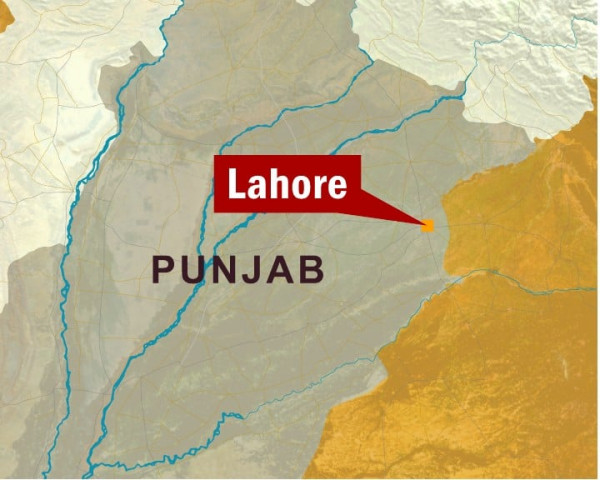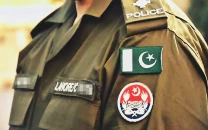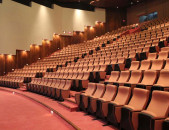Conserving monuments: ‘Pakistan-India cooperation a must’
Indian, US archaeologists get tour of Lahore Fort.

The Archaeology Department gave six Indian archaeologists and an American expert on the Indus Civilisation a tour of the Lahore Fort yesterday, giving them the chance to discuss conservation methods.
“We discussed conservation techniques, ideas and materials as, of course, India and Pakistan have very similar historical monuments,” said Afzal Khan, the deputy director of the Archaeology Department.
Khan led the tour, showing the visitors Alamgiri Gate and the Picture Wall, then Sheesh Mahal, Diwane Khaas, Diwane Aam, Moti Masjid, the underground chambers near the Hathi Paer and Jehangir’s quadrangle. The tour ended with a visit to Allama Iqbal’s tomb.
Khan and Kuldeep Bahn, a professor at the department of archaeology and ancient history at Maharaja Sayajirao University in Baroda, agreed that the history of the two countries was incomplete without each other.
“Some inlay work, brick work, styles of frescoes, and plastering methods were first introduced in India, some in Pakistan. To restore a monument to its best possible state, we are dependent on each other,” said Bahn.
He said the Diwane Aam at the Red Fort in Dehli was bigger, but the brickwork at the one at the Lahore Fort was more intricate.
Bahn and the other archaeologists earlier visited Karachi Museum, Lahore Museum and Mohenjodaro. He said sound conservation techniques had been applied to the Fort’s buildings, particularly Sheesh Mahal. However, he said “a lot of work” was needed at Mohenjodaro.
Ravi Korisettar of Karnatak University said he did not get enough time to closely examine the Fort, but the overall maintenance seemed fine. “There’s a lot of imagination involved when restoring a historical building as the techniques used in those days no longer exist. We can only do our best,” he said.
KN Dikshit, a former director general of the Archaeological Survey of India and now the general secretary of the Indian Archaeology Society, said that local tourists did a lot of damage at the Lahore Fort and Red Fort by scratching and marking walls. He said the Red Fort got about 100,000 visitors a day, way more than the Lahore Fort.
Dikshit felt that the Diwane Khaas at the Lahore Fort needed chemical cleaning. “It doesn’t appear nearly as clean and pretty as the one at the Red Fort,” he said. “But it looks as if it is looked after.”
Jonathan Mark Kenoyer, a professor at the Centre for South Asia at the University of Wisconsin and a leading expert on the Indus Civilisation, said he had visited the Lahore Fort every year for the last 20 years. “The monuments appear improved every year I come,” he said, but added that the Fort needed more information signs and public toilets.
A week earlier, Kenoyer arranged a cultural heritage management workshop in Islamabad with funding from the US embassy. It was attended by 38 Pakistani, eight American, six Indian, and three Afghan archaeologists.
Most of the visiting archaeologists departed earlier, while the rest visited the Lahore Fort on Thursday afternoon. The archaeologists also wanted to visit Shalamar Bagh, but ran out of time. They will visit Harappa on Friday and then return to India via Wagha on Saturday morning.
The American embassy says that the US has provided $1.8 million towards 17 cultural preservation projects in Pakistan in the last 10 years.
Published in The Express Tribune, January 13th, 2012.



















COMMENTS
Comments are moderated and generally will be posted if they are on-topic and not abusive.
For more information, please see our Comments FAQ